Emerging memory technologies have gotten a couple of big boosts over the past few years, one in the form of Intel’s Optane products, and the other from the migration of CMOS logic to nodes that NOR flash, and now SRAM, cannot practically support. Although these appear to be two very different spheres, a lot of the work that has been undertaken to support Intel’s Optane products (also known as 3D XPoint) will lead to improved use of persistent memories on processors of all kinds: “xPUs”. In this presentation we will review emerging memory technologies and their roles in replacing other on-chip memories, the developments through SNIA and other organizations fostered by Optane, but usable in other aspects of computing, the emergence of new Near/Far Memory paradigms that have spawned interface protocols like CXL and OMI, and the emergence of “Chiplets,” and their potential role in the evolution of persistent processor caches.
Persistent Memories Without Optane, Where Would We Be?
Wed Sep 14 | 8:30am
Location:
Salon V
Abstract
Learning Objectives
- New memories and their impact on computing architecture
- Near & Far Memory and how it interacts with new persistent memory technologies
- How the adoption of chiplets impacts these changes
---
Jim Handy
Objective Analysis
- Thomas CoughlinCoughlin Associates
Related Sessions







